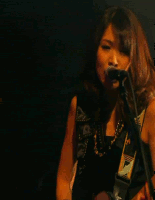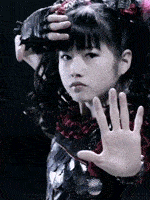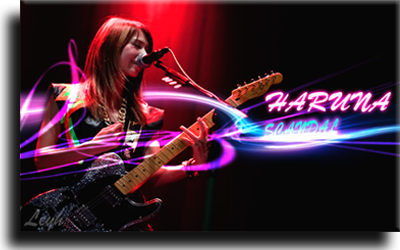Hi guys, long time no see.

Well then , let's step into next one, demonstrative prounouns such as: kore/kono/kochira, sore/sono/sochira, are/ano/achira.
You can use this pronouns for pointing something.
kore/kono/kochira
これ・この・こちら: refer to thing that close to the speaker.(this)
sore/sono/sochira
それ・その。そちら: refer to thing that close to listener.(that)
are/ano/achira
あれ・あの・あちら: refer to thing that a bit far from both of speaker and listener. (that one over there)
Kochira/sochira/achira can be used to indicate direction or to introduce a person.
Kono/sono/ano usually followed by a noun.
これ・それ・あれはわたし
のほんです。
Kore/sore/are wa watashi
no hon desu.
This/That/That (thing) over there is my
book.
この・その・あの ほんはあかいです。
Kono/sono/ano hon wa akai desu.
This book/
That book/
That book over there is red.
こちら・そちら・あちらはあきはばらへいくみちです。
Kochira/sochira/achira wa Akihabara e iku michi desu.
This/That/Over there is the road
to (go to)
Akihabara.
It goes the same too if u use koko/soko/asoko. But koko/soko/asoko most likely used to indicate places.
ここ・そこ・あそこはとしょかんです。
Koko/soko/asoko wa toshokan desu.
This (place)/That (place)/That (place) over there is library.
==============================================================
The interrogative form for:
Kore/sore/are -> Dore
e.g.:あなた
のほんはどれですか。Anata
no hon wa dore desuka?
Which book is yours?
Kono/sono/ano -> Dono
e.g.:
どのほんがあかいですか。
Dono hon ga akai desuka?
Which book is red ?
*Instead of 'wa', 'ga' is used in here to identify the noun (book, the red one)
Kochira/sochira/achira -> Dochira
e.g.:
あきはばらへいくみち
はどちらですか。
Akihabara e iku michi
wa dochira desuka?
Which road that goes
to Akihabara?
Koko/soko/asoko --> Doko
としょかんはどこですか。
Toshokan wa doko desuka.
Where is the
library?
==============================================================
Next, it's still bit related to demonstrative pronouns.
に(ni),
なにが(nani ga), and
なにか(nani ka).
つくえのうえになにかありますか。
Tsukue no ue ni nanika arimasuka?
Is there something (up)
on the
table?
The proper answer would be :
(+)はい、あります。Hai, arimasu.Yes, there is.
(-)いいえ、ありません。Iie, arimasen. No, there isn't.
つくえのうえになにがありますか。
Tsukue no ue ni nani ga arimasuka?
What is there (
up)
on the
table?
The proper answer would be :
e.g:
つくえのうえにりんごがあります。
Tsukue no ue ni ringo ga arimasu.
There
is an apple (
up)
on the
table.
As you can see on above sentences, the uses of 'ni'(on/in) is to indicate location.
'nani ka' means 'something', and 'nani ga' asking for further details, which is means 'what is/was it?'.
===============================================================
Below are sentences that also related to demonstrative pronouns and using 'donata'(the polite version of 'dare') which means 'who'.
あそこにおとこのひととおんなのひとがいます。
Asoko ni otoko no hito to onna no hito ga imasu.
There
are man and woman over there.
あそこにどなたがいますか。
Asoko ni donata ga imasu ka.
Who's that
over there?
まみーさんとじごくーさんがいます。
Mami-san to Jigoku-san ga imasu.
They
are Mami-san and Jigoku-san.  どの
どのひと
がまみーさんですか。
Dono hito
ga Mami-san desuka.
Which one is Mami-san?
あそこのおんなのひとはまみーさんです。
Asoko no onna no hito wa Mami-san desu.
That
woman over there is
Mami-san.
Note : For human and living things, you should use 'imasu', and for non-living things 'arimasu' should be used.







































 It seems you have to learn everything, it would be hard to just learn the romaji part.
It seems you have to learn everything, it would be hard to just learn the romaji part.



 .wtf.
.wtf.

